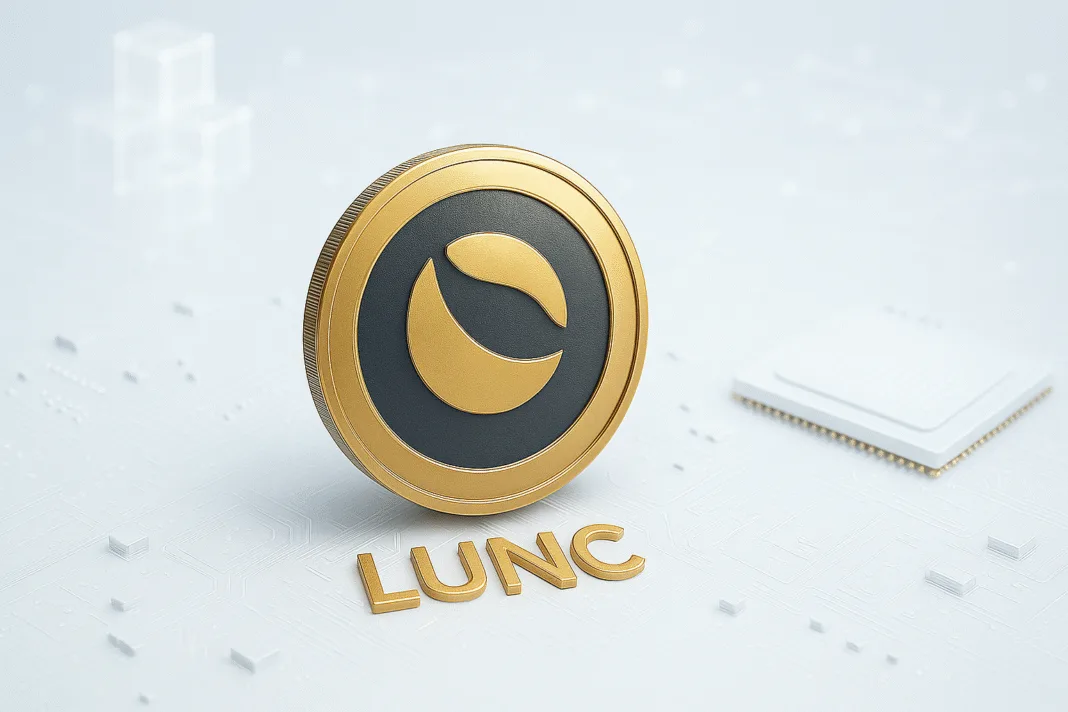In 2025, the Terra Classic (LUNC) blockchain continues to demonstrate strong technological competitiveness, thanks to continuous community-driven upgrades and network optimizations. Despite being one of the earlier Layer 1 (L1) blockchains, LUNC has evolved to remain relevant in a fast-changing ecosystem dominated by next-generation blockchains.
When it comes to transaction speed, Terra Classic still performs impressively. With near-instant block finality and a proven Tendermint-based consensus, it supports thousands of transactions per second — rivaling many modern L1 chains. This makes LUNC suitable for DeFi protocols, gaming projects, and payment systems requiring quick and efficient settlements.
In terms of scalability, the LUNC community and developers have focused on improving on-chain performance through lightweight node upgrades and smart contract optimizations. These efforts have allowed the network to handle higher transaction volumes without compromising decentralization or security.
Another strong advantage is low transaction fees. Terra Classic maintains an extremely cost-effective structure, offering one of the most affordable ecosystems for users and developers alike. This accessibility gives it a clear edge over newer blockchains with higher gas costs, especially in cross-border and microtransaction applications.
Overall, Terra Classic remains technologically competitive in 2025, combining solid infrastructure, active development, and affordability. As upgrades continue and utility grows, LUNC stands as a resilient blockchain ready to compete with the latest L1 networks in terms of speed, scalability, and user experience.

